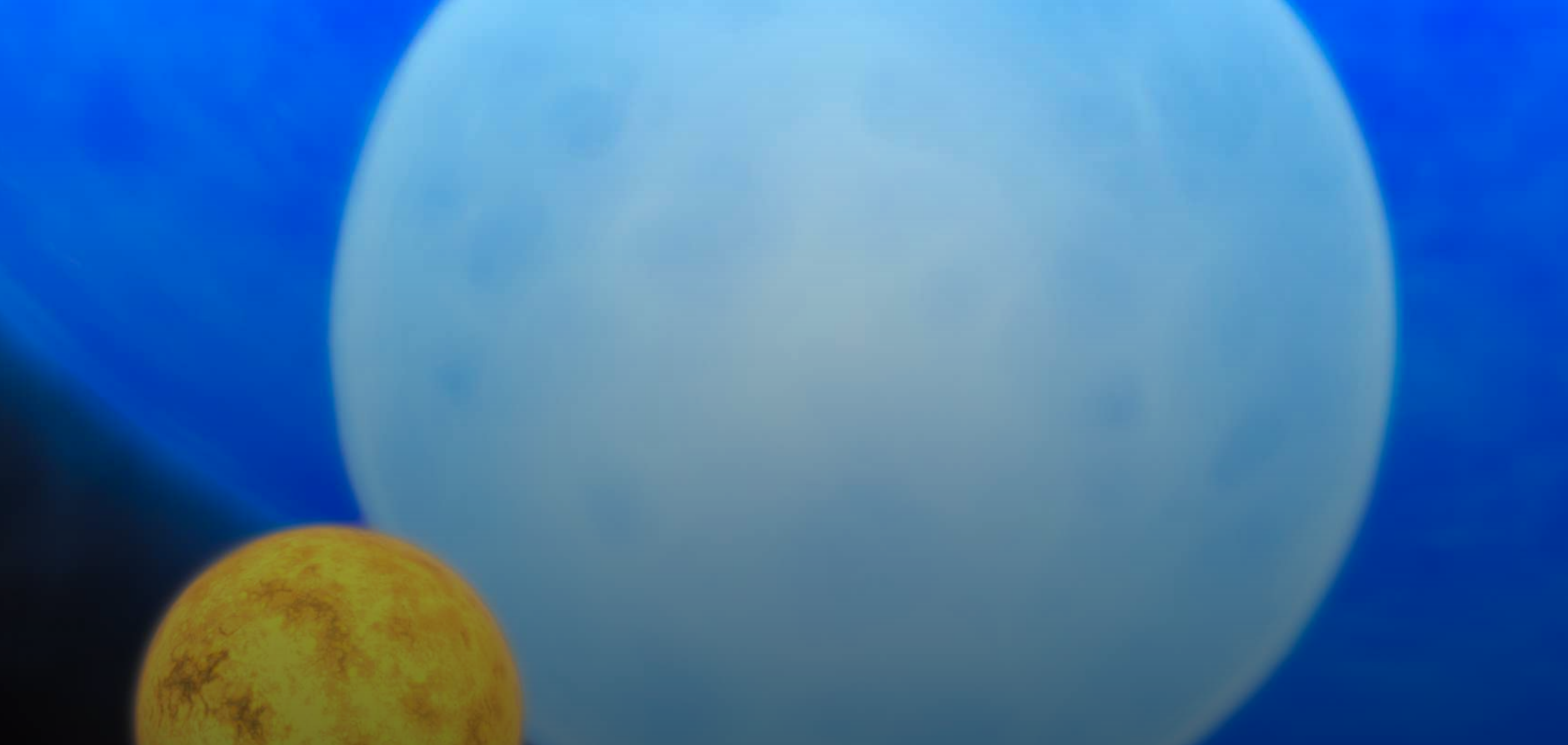Data from NASA instruments installed on board the ESA (European Space Agency) spacecraft
On Earth, such auroras are formed whencharged solar particles are directed by the earth's magnetic field towards the poles. There, they collide with atoms and molecules in the planet's atmosphere and create shimmering curtains in the skies of polar latitudes. Now it has become known that such aurora can appear on smaller space objects that do not have their own magnetic field. At the same time, the nature of the appearance of luminescence is the same everywhere.
“The light surrounding 67P / C-G is unique in itskind, ”said Marina Galand of Imperial College London and the study's lead author. - By combining the data of numerous Rosetta instruments, we were able to understand exactly what is happening around this celestial body. This allowed us to unambiguously determine how the 67P / C-G ultraviolet radiation is formed. "

Scientists offer new insights into the lives of massive stars. We tell you the main thing
Data indicates 67P / C-G emissionis auroral in nature. The electrons traveling in the solar wind - a stream of charged particles - interact with the gas in the comet's comet, breaking up water and other molecules. The resulting atoms emit characteristic ultraviolet light. Invisible to the naked eye, ultraviolet light has the shortest radiation wavelengths in the ultraviolet spectrum.
The study of 67P / C-G will allow scientists to learn how tosolar wind particles change over time, which is critical to understanding space weather throughout the solar system. By providing more complete information about how solar radiation affects the space environment through which they must travel, such information could ultimately help protect satellites and spacecraft, as well as astronauts traveling to the Moon and Mars.
"Rosetta" - automatic interplanetary station,designed for the study of comets. It was designed and manufactured by the European Space Agency in collaboration with NASA. It consists of two parts: the Rosetta probe proper and the Phila descent vehicle.
Read also
The Doomsday glacier turned out to be more dangerous than scientists thought. We tell the main thing
GitHub has replaced the term "master" with a neutral equivalent
Two pieces of evidence of extraterrestrial life emerged at once. One on Venus, the other - no one knows where